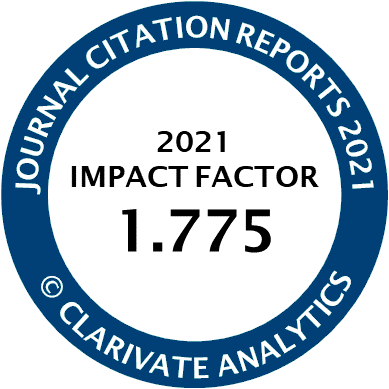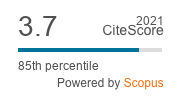Article | Open Access
Negative Party Identification and the Use of Party Cues in the Direct Democratic Context
| Views: | 64 | | | Downloads: | 26 |
Abstract: The use of party cues is a fundamental process of how voters adopt policy preferences. While research has shown that party identification is an important driver of political attitudes in general and policy positions in particular, we know little about how negative party identification (identifying as an opponent to a party) impacts voters’ political preferences. This article aims to fill this gap in the literature by combining an experimental and observational empirical analysis of the effect of negative party identification on voters’ issue preferences in the context of direct democratic decision‐making. First, we analyze a survey experiment conducted during a real‐world campaign on affordable housing for a popular ballot in Switzerland. Using continuous measures of party identification, we show a causal relationship between negative party identification and voters’ policy preferences. Second, we use longitudinal observational data of vote choice on direct democratic policy proposals and show that voters adopt policy preferences that contrast with the policy positions of parties they oppose. In sum, the two complementary designs show that voters tend to position themselves not only in alignment with their preferred parties but also in opposition to parties with which they negatively identify. Furthermore, the results indicate that, when adopting policy preferences, negative cues may carry as much weight as positive party cues. Our analysis has important implications for understanding voters’ adoption of policy preferences in general and specifically in the direct democratic context.
Keywords: direct democracy; heuristics; negative partisanship; policy position; Switzerland
Published:
Supplementary Files:
© Maxime Walder, Oliver Strijbis. This is an open access article distributed under the terms of the Creative Commons Attribution 4.0 license (http://creativecommons.org/licenses/by/4.0), which permits any use, distribution, and reproduction of the work without further permission provided the original author(s) and source are credited.



